Optimal Timing for Storm Restorations
Storm restorations are most effective when performed promptly after severe weather events. Understanding the optimal timing can help ensure structures are repaired efficiently, minimizing damage and preventing further issues. The best time for storm restorations typically aligns with periods of increased storm activity, which in North Carolina often occurs during late summer and early fall.
Conducting inspections immediately after storms helps identify damage early and plan necessary repairs.
Dry, mild weather conditions are ideal for restoration work, reducing delays caused by rain or storms.
Late summer and early fall typically see higher storm activity, making these periods prime for restorations.
Pre-storm preparation can facilitate quicker response times when storms occur unexpectedly.

Visual evaluation of roof and exterior damage after storms.
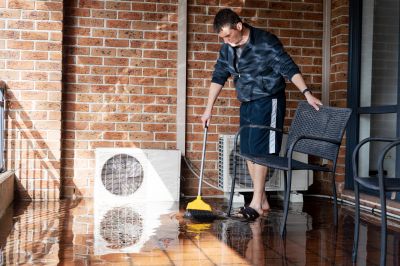
Temporary fixes to prevent further damage until full restoration.
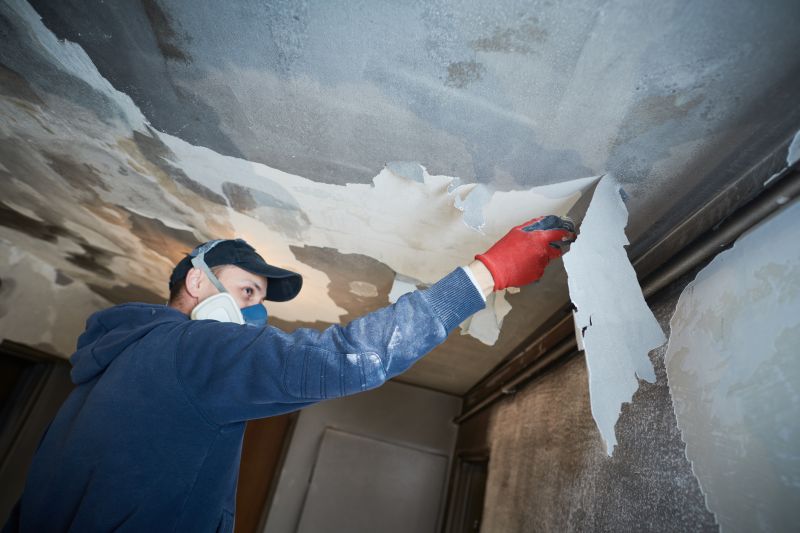
Professionals repairing storm-damaged structures.
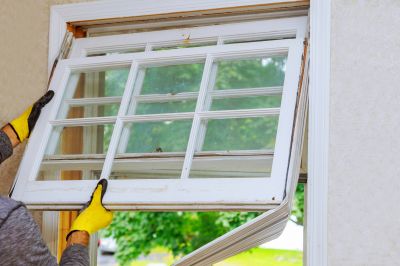
Ways to make Storm Restorations work in tight or awkward layouts.

Popular materials for Storm Restorations and why they hold up over time.
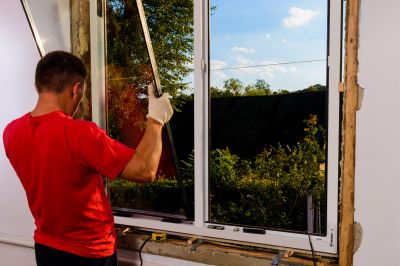
Simple add-ons that improve Storm Restorations without blowing the budget.
| Season | Optimal Restoration Window |
|---|---|
| Late Summer | August to September |
| Early Fall | September to October |
| Late Fall | November |
| Winter | Limited, weather-dependent |
| Spring | March to May |
Storm restorations involve repairing damage caused by severe weather events such as high winds, hail, and heavy rain. These repairs are crucial for maintaining structural integrity and safety. Statistics indicate that timely restorations can reduce long-term repair costs and prevent secondary damages like mold or foundational issues. In North Carolina, storm activity peaks during late summer and early fall, making these periods particularly significant for planning restoration efforts.
Advanced planning and prompt response are key to effective storm restorations. Proper assessments, weather considerations, and scheduling during optimal windows can ensure repairs are completed efficiently. Regular inspections and readiness to respond after storms can mitigate extensive damages and reduce downtime for property owners.
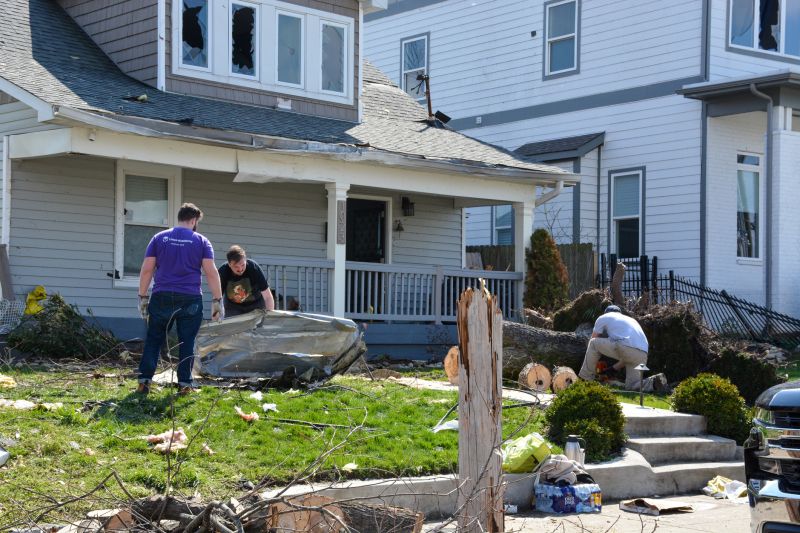
Roof damage from high winds and hail.

Temporary covering to prevent water intrusion.

Tools and machinery used in storm repairs.
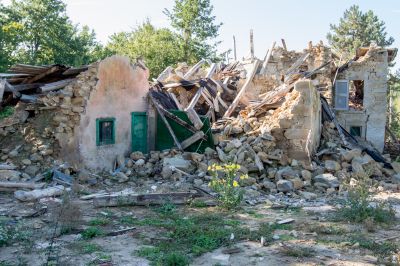
Structures restored to pre-storm condition.

High-end options that actually feel worth it for Storm Restorations.
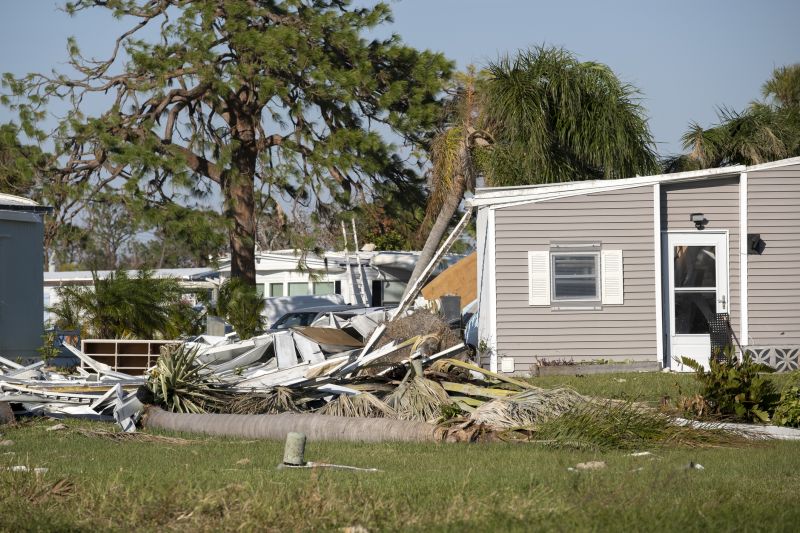
Finishes and colors that play nicely with Storm Restorations.

Little measurements that prevent headaches on Storm Restorations day.
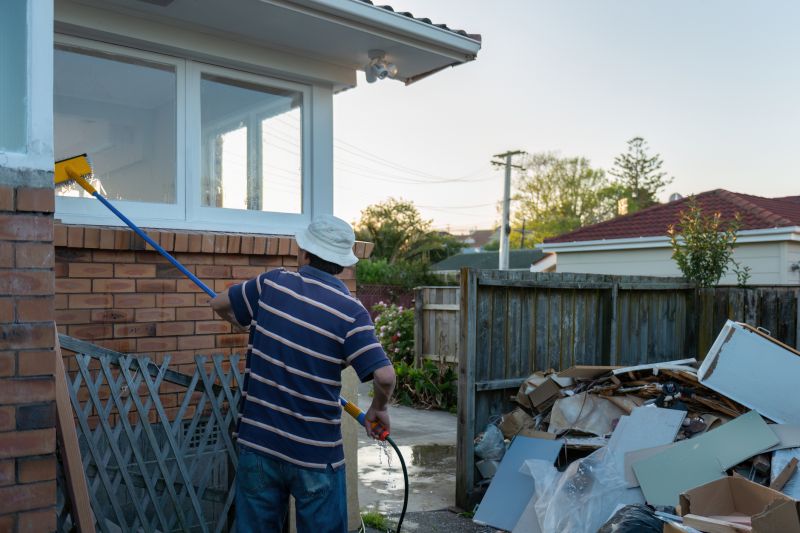
A 60-second routine that keeps Storm Restorations looking new.
Individuals interested in storm restorations are encouraged to contact for more information. Prompt action can help protect properties from further damage and restore safety and stability to affected structures.
